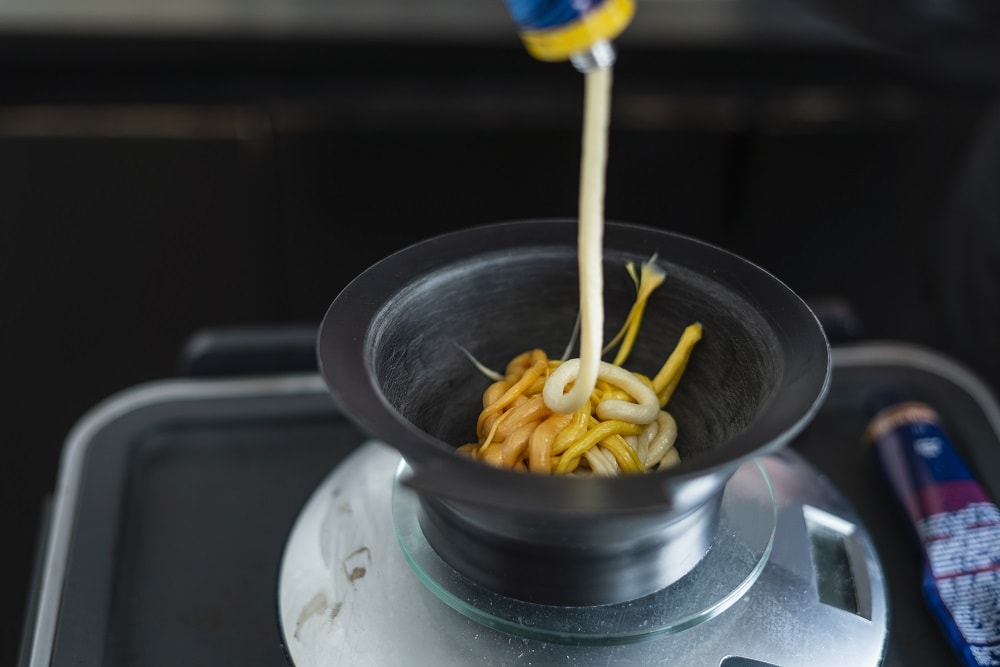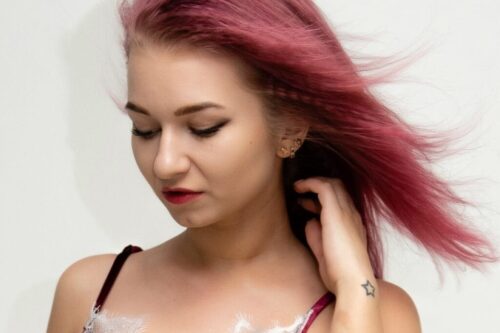It’s a common problem: you go to color your hair, but run out of dye. Then you notice a fresh bottle of dye in your cupboard from a brand you used to use. But can you mix two different brands of hair dye to finish your dye job?
Read on to learn about mixing hair dye and find out if you can mix and match brands safely.
Can I Mix Hair Colors From Different Brands Safely?
No! You should not mix hair colors from different brands. Technically, you can do it, but the results could be catastrophic for your hair, as the chemical compositions of each product may differ significantly and could unpredictably react with one another.
The best course of action is to stick with one brand for both shades if you plan on mixing them.

Since each brand uses its own chemical compositions for each color, no brand uses the exact same combination. Even if there’s not a significant difference, the slight changes could cause adverse chemical reactions that spell trouble.
However, there are exceptions to every rule. If you use temporary or semi-permanent dyes that don’t use ammonia or peroxide, the odds of a negative chemical reaction plummet.
So, you could use two different brands to attain a unique ombre effect or enhance the color intensity.
To get the best results, it’s in your best interest to stick with a single brand to avoid any mishaps, especially if you don’t know much about the chemicals or how they will react to your hair.
Can I Mix Two Shades of Hair Color From Different Brands?

It all depends on what type of dye and color level you are using and how you plan to mix them. As noted above, you can do anything you want with hair color, even from different brands. It’s better to ask if you want to take the risk of blindly blending colors.
Combining two different types of permanent dye can be unpredictable at best and a walking nightmare that requires a pair of hand buzzers or a trip to the salon at worst.
However, as noted above, it might be alright if you use semi-permanent dye that doesn’t have as many volatile chemicals. When compared to permanent dyes, the formulations of semi-permanent colors are more forgiving, but that doesn’t mean there’s no risk.
If you’re unsure about how blending colors from different brands will turn out, test it out on a small section of hair first. You can get a good idea about what the outcome will be before you apply it to your whole head.
Can You Fix Dyed Hair That’s Too Dark?
Can I Mix Two Permanent Hair Dyes Together From Different Brands?

Mixing two permanent hair dyes from different brands is possible but not recommended due to the risk of negative chemical reactions.
Since each brand uses proprietary blends to achieve different shades, you have no way of knowing how they will mix and even less insight into what they will do to your hair. You could end up with a strange color, splotchy dye job, or significant damage.
If you decide to go against this advice and try your luck anyway, be sure to check on the longevity of each product. Manufacturers use different amounts of peroxide in their formulas, which affects how long the dye lasts.
Two brands with different touch-up time frames could yield unusual results and make it difficult to know how soon you’ll have to dye again.
You also might want to consider the consistency and do what you can to work it to an even quality. Clumps or thicker mixtures in some areas can create a patchy dye job that’s not easy to correct.
Finally, if you take this path, don’t forget to do a trial application to a small section of hair before committing to an all-over dye job.
So, Can I Mix Hair Colors From Two Different Brands?
You can do anything you want, as long as you’re willing to suffer the consequences. When it comes to hair dye, it could mean significant damage to your locks, especially when it comes to mixing permanent dyes.
Permanent hair dyes contain strong chemicals that can react poorly when mixing brands with different compositions. Semi-permanent and temporary dyes carry far less risk, but still can have unpredictable results.
It’s best to avoid mixing brands at all, but if you must, do a sample on a section of your hair first before applying it to your whole head.
More Related Articles:






